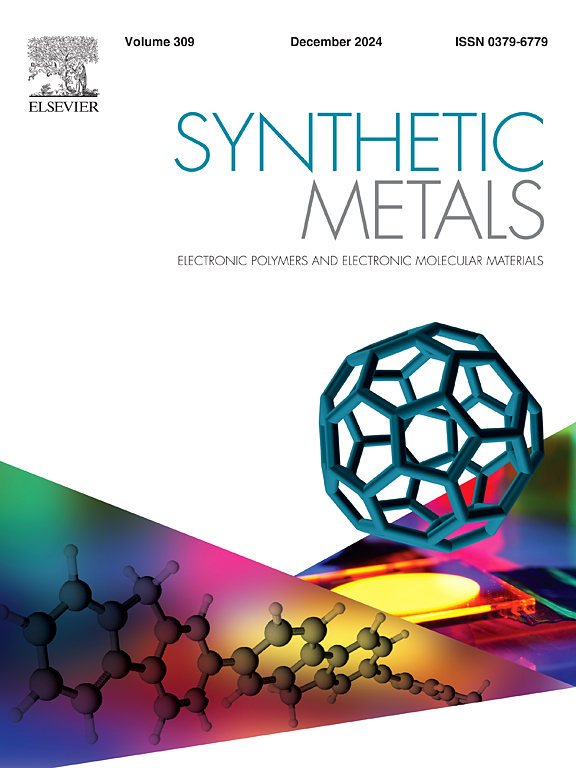Stability and tribological performance of dispersed graphene (Gr) and aluminium nitride (AlN) nanoparticles in mineral oil
IF 4
3区 材料科学
Q2 MATERIALS SCIENCE, MULTIDISCIPLINARY
引用次数: 0
Abstract
Nanolubricants can give a solution to a variety of concerns with traditional lubricants. A good nanolubricant is expected to be stable without sedimentation for an extended period in order to provide good heat transfer and not degrade performance owing to nanolubricant instability. In this study, the stability of mono nanolubricants consists of graphene (Gr) and aluminium nitrite (AlN) in SUNISO 3GS compressor oil and PETRONAS SYNTIUM 500 15W-40 engine oil, in 0.05, 0.075 and 0.1 vol% concentration, without and with surfactant is investigated. The surfactants used in this study are CTAB and SPAN 80 for Gr and AlN, respectively. This study also investigates the difference of base fluid and how it affects the performance of the nanolubricants. Not only that, previous studies investigated the same type of nanoparticles however in this study, Gr and AlN are two different class of nanoparticles which are carbon and ceramic based nanoparticles, respectively. The stability of nanolubricants is investigated using visual observation method, thermal conductivity (TC) measurement and UV–vis spectrophotometer. Furthermore, rheological properties (viscosity, viscosity index and flash point) and tribological properties of nanolubricants are studied. The highest percentage difference for TC is 22.58 in comparison with pure compressor oil. Lastly, by using pin-on disc tribotester, it can be observed surfactant in nanolubricants reducing the specific wear rate (SWR) and the highest percentage difference is high as 76.37 % for nanolubricant. The final observation shows that GR (0.05)-CO(CT) and GR (0.05)-EO(CT) have the best performance among all nanolubricants.
分散石墨烯(Gr)和氮化铝(AlN)纳米颗粒在矿物油中的稳定性和摩擦学性能
纳米润滑剂可以解决传统润滑剂的各种问题。为了提供良好的传热,并且不因纳米润滑剂的不稳定性而降低性能,一种好的纳米润滑剂应该在很长一段时间内保持稳定而不沉淀。本研究考察了石墨烯(Gr)和亚硝酸铝(AlN)在SUNISO 3GS压缩机油和PETRONAS SYNTIUM 500 15W-40发动机油中,分别在0.05、0.075和0.1 vol%浓度下,不加表面活性剂和加表面活性剂的稳定性。本研究使用的表面活性剂分别为CTAB和SPAN 80,用于Gr和AlN。本研究还探讨了基液的差异及其对纳米润滑剂性能的影响。不仅如此,以往的研究研究的是同一类型的纳米颗粒,但在本研究中,Gr和AlN是两种不同的纳米颗粒,分别是碳基纳米颗粒和陶瓷基纳米颗粒。采用目测法、热导率法和紫外-可见分光光度计对纳米润滑剂的稳定性进行了研究。研究了纳米润滑剂的流变性能(粘度、粘度指数和闪点)和摩擦学性能。与纯压缩机油相比,TC的最大百分比差异为22.58。最后,采用针盘式摩擦试验机观察纳米润滑剂中表面活性剂降低比磨损率(SWR)的效果,纳米润滑剂的比磨损率差异最大,达到76.37 %。最终观察结果表明,GR (0.05)-CO(CT)和GR (0.05)-EO(CT)的纳米润滑剂性能最好。
本文章由计算机程序翻译,如有差异,请以英文原文为准。
求助全文
约1分钟内获得全文
求助全文
来源期刊

Synthetic Metals
工程技术-材料科学:综合
CiteScore
8.30
自引率
4.50%
发文量
189
审稿时长
33 days
期刊介绍:
This journal is an international medium for the rapid publication of original research papers, short communications and subject reviews dealing with research on and applications of electronic polymers and electronic molecular materials including novel carbon architectures. These functional materials have the properties of metals, semiconductors or magnets and are distinguishable from elemental and alloy/binary metals, semiconductors and magnets.
 求助内容:
求助内容: 应助结果提醒方式:
应助结果提醒方式:


